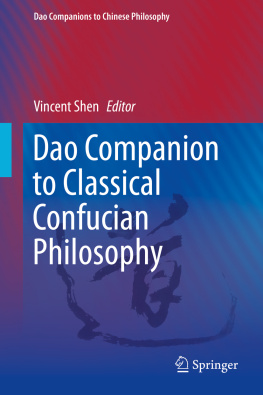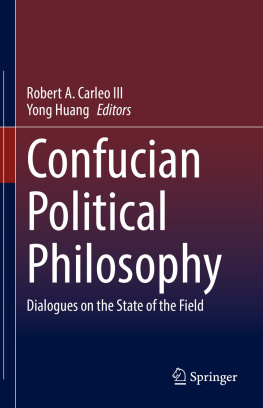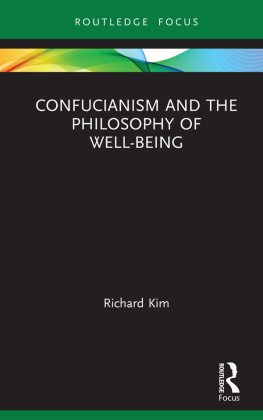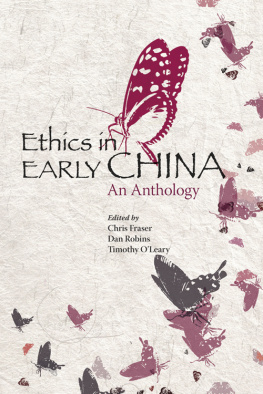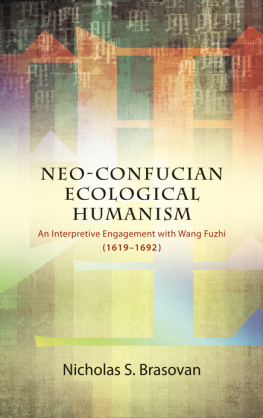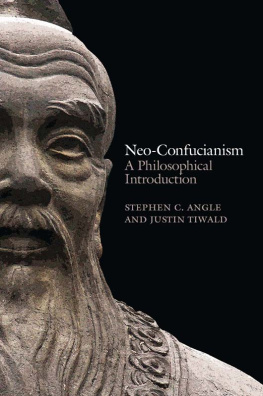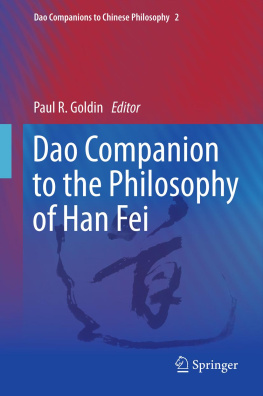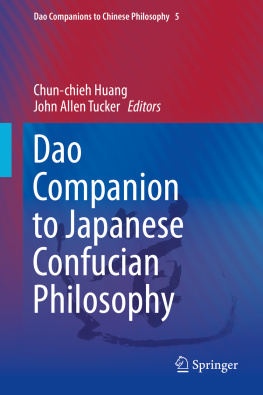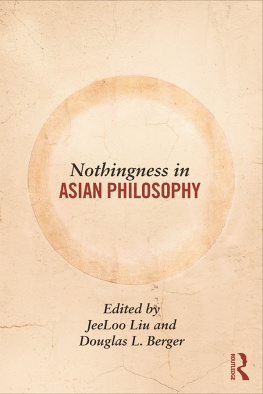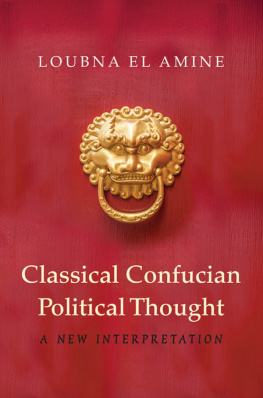1. Introduction: Classical Confucianism in Historical and Comparative Context
Introduction
We use the term classical Confucianism, or early Confucianism, or pre-Qin Confucianism, to cover the thoughts, doctrines and practical wisdoms developed in the first stage of Confucianism. Confucianism began with the founder Confucius (551479BCE), and developed through Confucius disciples and his grandson Zisi (483402BCE) to Mencius (372289BCE), and finally Xunzi (325238BCE). Not long after the death of Xunzi, the warring states were all conquered and unified by the Qin Empire (221206 BCE), in the process of which Confucian books were infamously burned and scholars were buried, most of them Confucian, by the first emperor of the Qin-Empire, and so ended this first period of Confucianism. It is thus distinguished from the later Confucianism of the Han Dynasty (202BCE220CE), which became a state ideology with the canonization of the early Confucian founding texts, and the Neo-Confucianism that developed from the eleventh to eighteenth Century in Song, Ming and Qing Dynasties, as the revival of Confucianism after its silence for almost eight centuries under the challenges of Neo-Daoism and Buddhism.
Therefore, early Confucianism is thus called because of the fact that it is the initial period of Confucianism in Chinese intellectual history. It is also called pre-Qin Confucianism because this period of Confucianism ended by the time that the Qin Empire unified China. However, philosophically more important, it is called classical Confucianism because all the founding texts, the so-called Six Classics ( liujing ),
In Chinese intellectual history, classical Confucianism has many dimensions: religious, philosophical, cultural, ideological, political, etc. In this volume, we will focus mainly on its philosophical dimension, putting it in the context of ancient Chinese intellectual history, and sometimes comparing it with Western philosophy, in order to make it more understandable for todays readers living in a time of cultural exchange and dialogue between East and West.
Historically, Confucius, the name of the founder of this school, was the latinization of Kongfuzi (Teacher Kong) when his works were introduced to Europe by the earliest Jesuits in China from the late sixteenth Century onward. The term Confucianism was used to name the school of thought founded by Confucius. However, in China, scholars and common people usually call him simply Kongzi (Master Kong), while the school founded by Confucius is called rujia (school of ru ), instead of Confucianism.
It should be noted that, historically, the profession of ru existed much earlier than Confucius himself and thus before the rise of Confucianism. Ru was a profession or class of people who served as coordinators at public and private ritual occasions and as teachers of rites and related knowledge. The majority came from the surviving Yin people of Shang Dynasty (17661122BCE), a very religious people, which was conquered and replaced by the Zhou Dynasty (1122221BCE). Since Yin people practiced rituals in their everyday public and private life, the ru s were very well versed in all details of the knowledge and practice of sacrificial, funeral, ceremonial, and other kinds of ritual. After the Yin people lost their power to the Zhou Dynasty, the ru s should have been invited by the Duke of Zhou to design and establish the Zhouli (the Rites of Zhou Dynasty) because of their expertise in the rites from their Shang legacy. Because of their participation in the ritual reform or redesigning of the Zhouli , which was a most important political and cultural project of the Duke of Zhou in the early days of Zhou Dynasty, the social status of ru from Yin Dynasty was thereby relatively enhanced in Zhou Dynasty; some of them held the office of rites and served as teachers of rites. This explains why the Duke of Zhou was always an ideal and honorable person for the ru people. Confucius himself would take his frequent dreaming of the Duke of Zhou as a sign of his younger days ambition for such positions. However, during the Spring and Autumn period (722481BCE), most of the ru s lost their office and earned their living by serving as private teachers of rites and ritual coordinators. What they taught were the liuyi (Six Arts): ritual, music, archery, driving, writing, and calculating.
The Chinese family name of Confucius is Kong , and his first name is Qiu , also known as Zhongni . His ancestors were from the Yin people who lived in the Song State and moved from there to the Lu State, todays Shandong area. This family background, together with Yin peoples traditional familiarity with rites, explains his early interest in practicing li and the fact that, in his earlier career, he served more or less the same function as one of the ru s. He was indeed the most famous and influential among the ru s, because he had the largest number of students (said to number 3,000), and systematically organized his teaching materials into six parts. These later became the liujing (Six Classics), which were the founding scriptures of Confucianism. Most importantly, Confucius had laid the philosophical foundation of his teaching of the rituals by a transcendental deduction from ren (humaneness) to yi (righteousness) to li (rituality, propriety).
Among the Six Classics, the legendary Yuejing ( Classic of Music ) was believed to be lost under the reign of the First Qin Emperor (221207BCE) who threw Confucian books into the fire.
The ru profession existed long before Confucius came on the historical scene of ancient China. Hence it existed long before Confucius formed a community with his disciples and students of his disciples that had a strong sense of belonging to a school, a school that was later divided into several sects. The original Chinese term of Confucianism or rujia (Confucian School) appeared only later in the Shiji ( Record of the Grand Historian ) of S ima Qian (14586BC) in 100BC. This means that the term rujia appeared only after the end of classical Confucianism.
Concerning the lineage of classical Confucianism in Chinese intellectual history, we should say simply that, in its first phase, Confucius (551479BC), the founder of classical Confucianism, after his teaching to his disciples, was followed by his grandson Zisi (493406BC), and then by Mencius (371289BC) in the second phase, and by Xunzi (298238BC) in the third phase. These could be seen as the three phases in the historical development of classical Confucianism. This volume will focus on the philosophical thoughts developed in these three phases of classical Confucianism.

